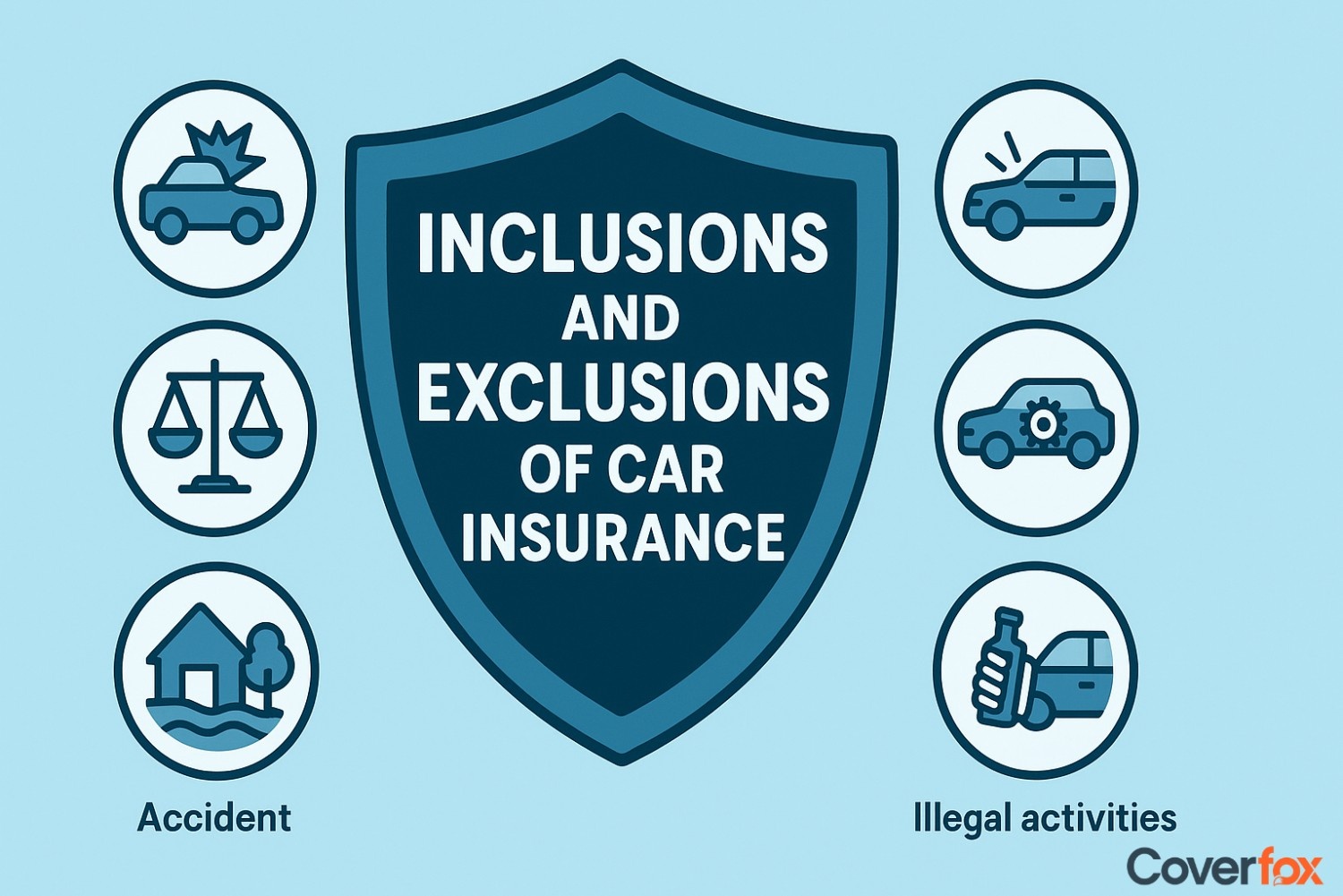The idea of a "digital footprint," or the traces of online activity we leave behind when we engage with digital platforms, has drawn a lot of attention as technology continues to influence our daily lives.

In the auto insurance industry, these digital behaviors could soon have a direct impact on your premiums. Customers' internet activity data may be used by different motor insurers to affect their auto insurance premiums.
The Growing Role of Digital Footprints in Insurance Premiums
The different digital behaviors—ranging from the device you use to the time of day you're online—could translate into a significant increase or decrease in your car insurance premiums.
Device Type: Insurers may consider the type of phone you own when calculating premiums. Android users could pay about $32 more annually, while iPhone owners might face an increase of $70.
Email Providers: Consumers using Gmail may find themselves paying an extra $100 each year for car insurance, while those with AOL accounts could save the same amount on their premiums.
Time of Online Activity: The timing of your online activity may also affect your rates. Being online at 9:00 a.m. could lead to a $17 reduction in premiums while being active at 3:00 a.m. might increase your premium by $58.
These figures are based on the digital footprint preferences and behaviors that insurers are reportedly beginning to track, with the intent of better-assessing risk and determining car insurance rates.
How Insurers Track Online Behavior
The auto insurance industry is increasingly relying on technology to improve how they assess risk. Insurers can track and monitor your online behavior in a variety of ways:
In-Car Devices: Many insurance companies use telematics devices that monitor driving behavior. These devices can track acceleration, braking patterns, and even the time of day you drive, offering a more personalized understanding of your driving habits.
Purchasing Data: Insurers can also acquire data from third-party companies, including digital activity. This can include web browsing habits, social media interactions, and online purchases, providing insurers with insights into your lifestyle and potential risks associated with your driving behavior.
Direct Interactions: Online interactions, such as the way you engage with an insurance company’s website, can also be monitored to better assess risk factors.
The Use of “Big Data” in Insurance Underwriting
The use of big data in insurance underwriting is not new, but its role is becoming more significant. Big data allows insurers to use a broader set of variables to calculate risk and price insurance policies. Some benefits of this data-driven approach include:
Improved Risk Assessment: This data enables insurers to identify potential risks more accurately. For example, someone who frequently engages in risky behaviors online, such as posting about dangerous activities, may be seen as a higher-risk driver.
Lower Premiums for Some Consumers: Insurers could potentially offer lower premiums to individuals who exhibit low-risk behavior online, such as staying away from risky digital activities.
Better Coverage for Underserved Communities: Big data can provide insight into individuals who may not have an established credit history or a long driving record, offering them access to affordable insurance coverage. This is particularly important for younger drivers or people in underserved communities.
However, these advancements come with potential risks and challenges that must be carefully considered.
Consumer Concerns: Privacy, Fairness, and Transparency
While insurers may argue that big data can help create more accurate and fair pricing models, consumers are expressing concerns about privacy and fairness. The Zebra conducted a nationwide survey to gauge public sentiment on insurers using digital footprints for underwriting purposes. Here are some of the key takeaways from the survey:
Privacy and Fairness: Approximately 60% of consumers believe that using digital footprint factors (such as web browser activity or social media behavior) to price car insurance is unfair. This highlights a growing concern over how personal data is being collected and used without consumers’ full awareness or consent.
Reluctance to Trade Privacy for Savings: Even though some consumers might save money by allowing insurers to track their digital behaviors, 71% of respondents said they are uncomfortable with insurers tracking their online activities, regardless of the potential for savings.
Preference for Traditional Factors: When asked about the fairness of using personal characteristics like race in underwriting (which is currently illegal), more people found it fair compared to using digital behavior data. This points to a significant trust gap between consumers and insurers when it comes to digital footprint data usage.
The Ethical and Legal Debate Around Digital Footprint Data
While the use of big data offers certain advantages, it also raises ethical and legal questions. Insurers are increasingly relying on data analytics to gain insights into consumers’ behaviors, but some critics argue that this could lead to unfair discrimination or privacy violations. Here are some of the key issues at play:
Discrimination: Critics argue that using online behaviors—such as the websites you visit or the time of day you are most active—may unfairly penalize consumers based on irrelevant factors. For example, consumers who engage with certain content online or use specific devices could be charged higher premiums, even if those behaviors have no direct connection to their risk as drivers.
Privacy Concerns: As the ability to track online activity grows, so do concerns about consumer privacy. Many individuals are uneasy about how much personal information is being collected and whether they are being fairly compensated for it.
Regulatory Oversight: Ultimately, state regulators will play a crucial role in determining whether it is fair for insurers to use digital footprint factors in underwriting. Different states may adopt varying rules, and this will influence how insurers use this data. Regulatory bodies will need to balance the benefits of big data with the protection of consumer rights and privacy.
Conclusion: The Future of Digital Footprints in Auto Insurance
The integration of extensive data analysis into the auto insurance industry offers the potential for more accurate risk assessments, which could lower premiums for some consumers while raising them for others. However, as the use of digital footprint data becomes more prevalent, it will be crucial for insurers to handle this information transparently and responsibly. Consumers must also remain vigilant, understanding how their online behavior may affect their car insurance rates.





